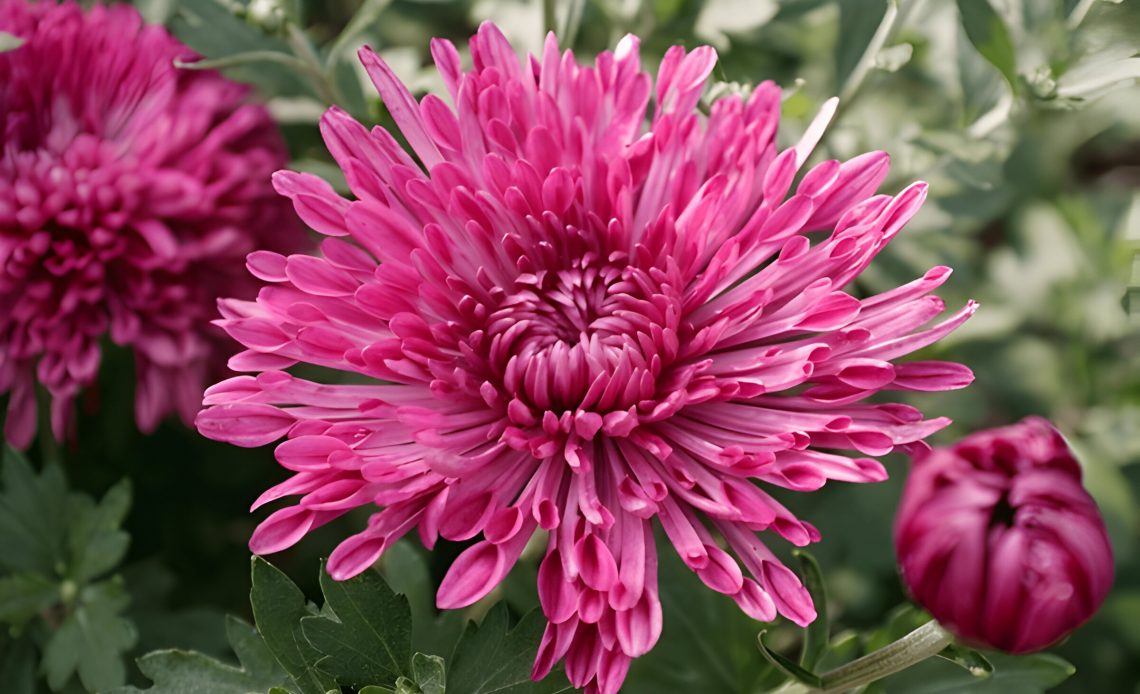
The chrysanthemum, often affectionately called a “mum,” is a beloved flower with rich symbolism across cultures. Known for its vibrant colors and diverse varieties, this bloom carries meanings that range from joy and optimism to longevity and fidelity.
Chrysanthemum Symbolism and Meaning
- Prosperity and Joy: Chrysanthemums are often associated with positive growth, prosperity, and overall happiness. Their cheerful appearance contributes to this uplifting symbolism.
- Longevity and Fidelity: In many cultures, the chrysanthemum represents a long and happy life. It is also seen as a symbol of enduring love and faithfulness.
- Cultural Significance:
- East Asia: Chrysanthemums hold a particularly special place in East Asian cultures. They are often associated with autumn and are used in celebrations and ceremonies. In Japan, the chrysanthemum is the national flower, symbolizing nobility and elegance.
- Europe: While not as deeply rooted as in Asia, chrysanthemums are still popular in Europe. They are often associated with cheerfulness and optimism.
Chrysanthemum Color Meanings
The color of a chrysanthemum can add another layer of meaning to the flower:
- Red: Symbolizes love and passion.
- Yellow: Traditionally associated with sorrow or neglected love, but more modern interpretations lean towards cheerfulness and optimism.
- White: Represents purity, innocence, and loyalty.
Whether you’re gifting a bouquet or simply admiring their beauty in a garden, chrysanthemums offer a delightful blend of color, form, and symbolism. Their ability to evoke a range of emotions makes them a versatile choice for any occasion.

